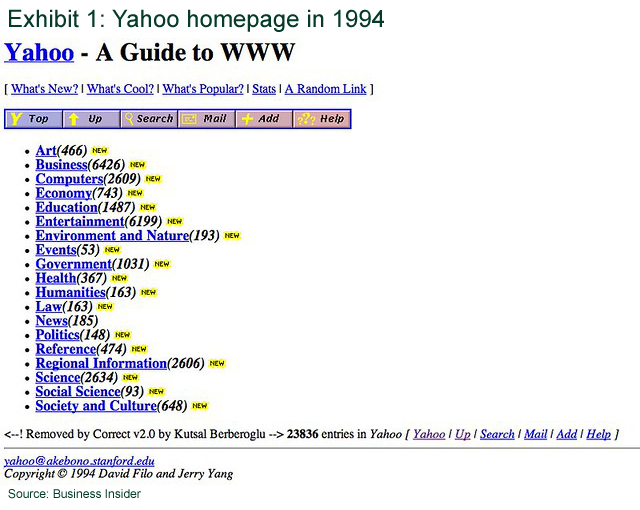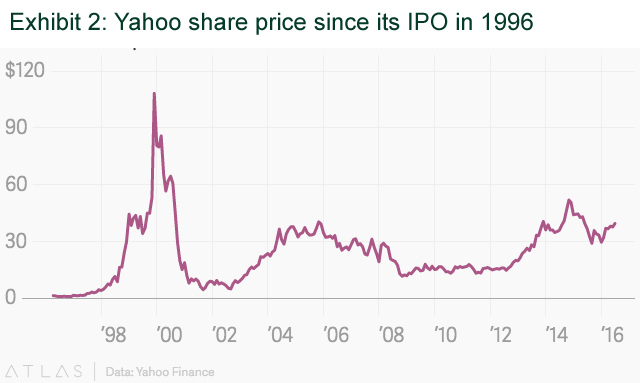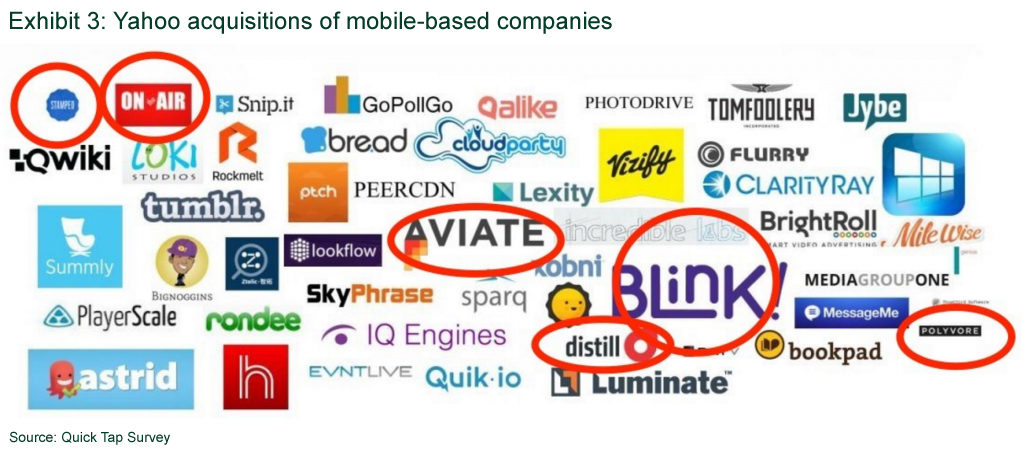The last Veracle was third of the six on business strategy. It tried to answer whether a business can still win with no strategy. While there are businesses that do not employ any strategy, one can witness more businesses following hope as a strategy. The hope strategy looks like this – let us take these actions that similar businesses take, and hopefully, we will achieve our objectives. So, the perplexing question here is – Can HOPE be a real business strategy?
What is Hope Strategy?
Hope strategy is one where businesses do a lot of the same activities in the hope that it will help them grow.
Hope strategy is most frequently observed in businesses where:
- business executives are keen for the positive growth outcome,
- but are not inclined to commit resources required for it.
Now, this seems counter-intuitive.
When a business executive is keen to grow a business, they would naturally want to invest resources to grow, right?! Not quite.
Ideally, business executives have two options to grow their business:
- Invest resources to develop a bespoke strategy tailored to their business context and implement it meticulously.
- Employ ideas, strategies, and best practices implemented before them by similar businesses in their industry.
The first option mentioned above is to develop a bespoke strategy. That is, this is Deliberate Strategy for your business. This option may appear costlier, at least in the short term, as it involves investing resources in designing a new strategy from scratch. But it isn’t. We will discuss this option later in the next Veracle.
The second option, which involves employing ideas, strategies, and best practices of similar businesses, appears to provide a proven path to progress in the short term.
Ironically, many businesses tend to take the second option out of the misplaced belief that the strategies that have worked for other businesses will work for theirs too. It is far too common to hear, “it has worked for them, why won’t it work for us?”
This belief is the basis for the hope strategy.
However, the problem is that the second option does not sound wrong.
Let us recall “the ship’s voyage” metaphor (cited in the previous Veracle) where we had likened a business to a ship sailing on a voyage to its destination.
The second option is akin to setting the course of a ship by looking at the lights of passing ships. In ship lore, this is a terrible blunder.
Likewise, setting the strategic direction of a business by looking at the strategies employed by similar businesses is a huge mistake.
That is why the second option is deceptive.
In short, what may have worked for other businesses, may not work for yours. This is because the business contexts are very different.
This is the key insight.
How to recognize Hope Strategy?
Businesses following a hope strategy exhibit three symptoms:
- Lack of clarity about self-identity
- Frequent change in the strategic direction. Taking actions on whims.
- Business running in a perpetual reactive fire-fighting mode
When a business has not developed a bespoke strategy of their own, they tend to adopt the strategies and best practices from the leading companies in their industry. In the worse cases, they adopt spur-of-the-moment ideas as strategies.
As a result, there is stress on doing a lot of those things and doing them right. There are too many initiatives and employees are working on too many pursuits simultaneously (without conviction).
Eventually, this approach causes them to lose their core identity over time.
While the business itself might be operating successfully, pursuing too many things causes frequent changes in direction.
Such a business might continue operating until the time it is able to innovate and satiate customer demands. However, the lack of a strategic direction coupled with any external challenges triggers the inevitable declining spiral.
Sony and Yahoo, are two of the many examples of businesses following hope strategy and declining.
Sony, with its miniaturization strategy, was at the top of the music industry before the digital era began. Digitalization happened in the early 2000s and there was a new trend of (illegally) downloading music online. Despite having the technology to launch a product for digital music, Sony did not invest in it. Sony only hoped that the trend would go away, eventually letting their music products business getting doomed.
Let us discuss Yahoo! in more detail.
Yahoo! is another case of how a pioneering business floundered in just hoping that some strategy would emerge.
InitiallYahoo! started in 1994 as a one stop shop web portal where it brought together news and other online services helping users navigate the internet. So, in a way, it was a gateway to the internet for most users of the time.
Exhibit 1 shows Yahoo homepage of 1994 when it was launched.

During late 1990s (and early 2000s), it was an undisputed leader of the web with its email, online search and news. The company not only survived the dot com crash of 2000, its sales climbed multi-fold between 2001 and 2008 (as shown by the share price rise in Exhibit 2).

In early 2008, Microsoft intended to acquire Yahoo for $44.6 billion, an offer Yahoo formally rejected citing shareholder’s interest. Eventually, Verizon acquired Yahoo, once worth almost $125 billion, for $4.8 billion, underscoring the company’s fall.
So, what went wrong? How does a good company like Yahoo fail so miserably?
Numerous reasons have been put forth to explain Yahoo’s failure. Here are some of the prominent ones:
- Yahoo was jack of all trades, master of none. They tried to do many things – Yahoo Search, Yahoo Finance, Yahoo Mail, Yahoo Messenger, Yahoo News, and Yahoo Sports among others – but didn’t focus on being best in one.
- Yahoo remained the same portal it was a decade ago and did not innovate.
- Yahoo was late to mobile, according to a senior editor at Harvard business review
- They did not focus on hiring the right talent; Yahoo apparently short-changed engineering, and media people were viewed more important, according to an EECS professor at Michigan.
- Yahoo failed as Marissa Mayer could not perform the turnaround.
All these reasons seem right. And, it is easy to blame Marissa Mayer, who was at the helm from 2012 to 2017, for the ultimate decline.
But the real reason goes much deeper, and much earlier than that.
A close observation of the above five points reveal that these are symptoms of one common underlying cause: While doing so many things, Yahoo kept praying that something will work, some strategy will emerge, and they will survive.
The above conclusion may sound too simplistic, almost frivolous.
However, lack of a clear explicit strategy explains all the above symptoms.
Issue with Self-Identity
Yahoo started as a web portal and generated most of its revenue from selling advertising on the different service platforms it created. The key Yahoo services became so popular at one time that they started treating themselves as a media company, rather than a technology company.
There was a lack of clarity about self-identity.
So, the focus of hiring and talent retention philosophy kept shifting from engineering to media. As a result, Yahoo failed to innovate and remained the same portal even after a decade. Meanwhile, Google and Facebook hired top engineers (doing core programming) and leapfrogged Yahoo with better sleeker products. Gmail beat Yahoo Mail, Google Search outperformed Yahoo Search, and WhatsApp surpassed Yahoo Messenger impacting Yahoo sales.
As a company strategy, Yahoo started taking mobile seriously only after 2012, whereas other competing businesses already had an operational mobile strategy by then. Google’s Eric Schmidt mentioned mobile as one of their strategic areas in as early as 2006.
What about Strategic Direction?
The lack of strategic direction is evident considering Yahoo saw 8 CEOs in 20 years, and 6 CEOs within just 4 years. Founder and CEO Jerry Yang stepped down in December 2008 citing conflict of opinion in terms of strategic direction. His successor, Carol Bartz, openly admitted that she also grappled with the question of what Yahoo is, when she took over in 2009.
The acutest confirmation of lack of explicit strategy came during Marissa Mayer tenure when she spent over $2 billion binge acquiring 53 mobile-based companies, none of them really successful. Check out Exhibit-3 to see if you can identify some of them.

In summary, it can be said that Yahoo! grappled with a clear explicit strategy for a very long time. Over the years, the CEOs just pursued what seemed right at the time hoping that some strategy would emerge. In the end, the hope strategy did them in.
Having said thus, it is appropriate to add here that it is very convenient to retrospectively dissect businesses and tell what went wrong. Wouldn’t it be more useful (for you and your business) if you knew the right way to define strategy, and more importantly, be able to tell whether it is going well? The next two Veracles attempt to do just that.
Related Posts:
- Does Your Business Have a Working Strategy?
- Are you survival-oriented or a growth-oriented executive?
- Online Business Growth – The Easy or The Right Way?
<– Can a business still win with a Nope Strategy?
How Deliberate Strategy Can Be the Working Strategy! –>
You can also subscribe to our blog – Veracles – to receive interesting articles and insights in email. We would love to read your perspectives and comments on that.
Do follow Veravizion on LinkedIn, Twitter or Facebook to receive easy updates.
Cover photo credit: hbu.edu
